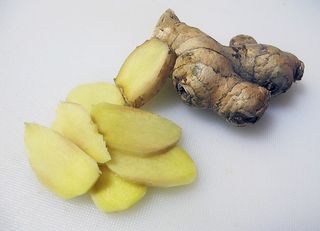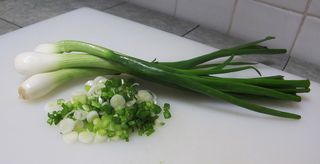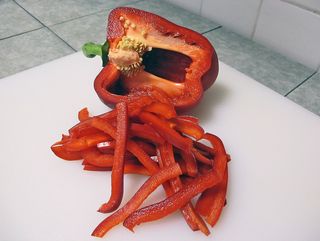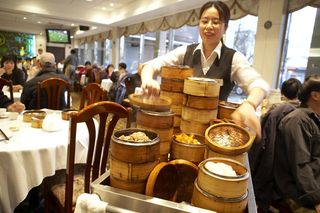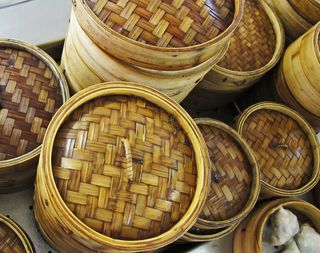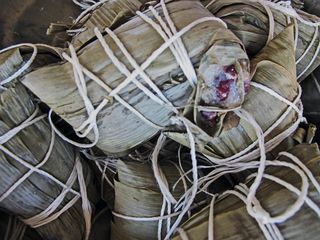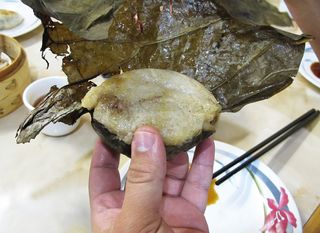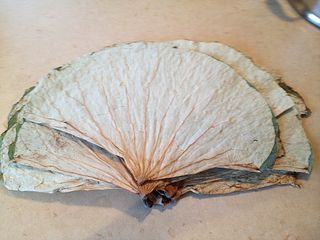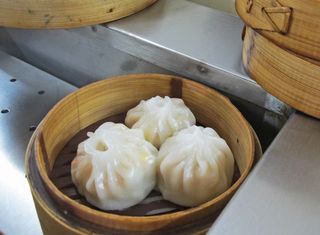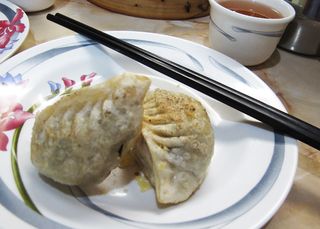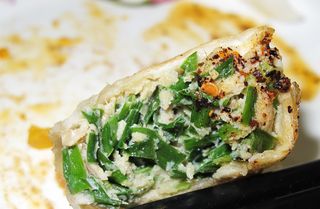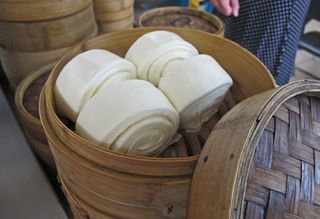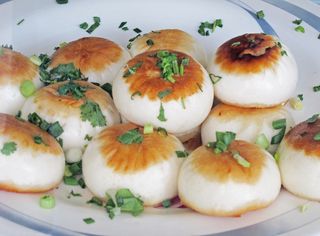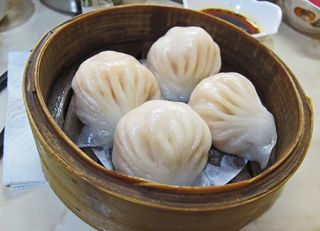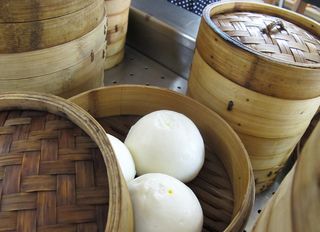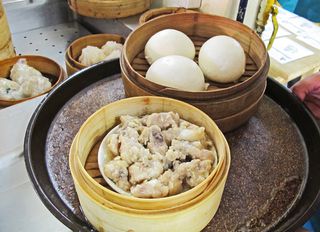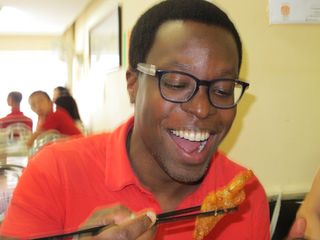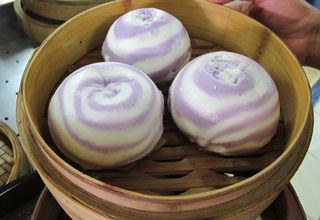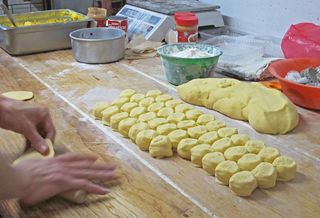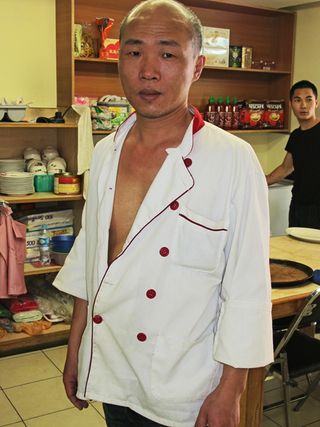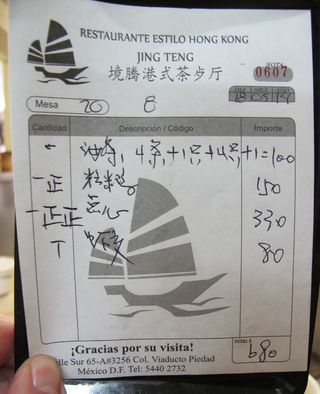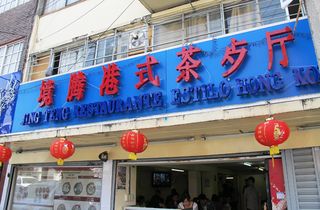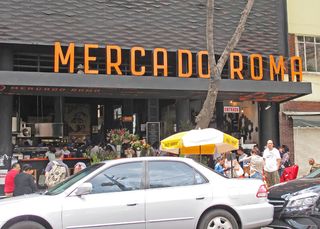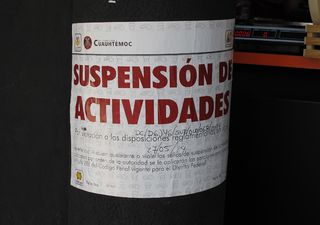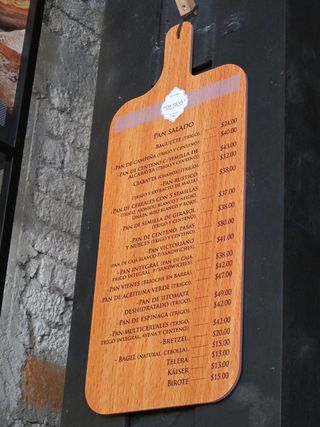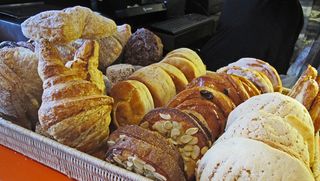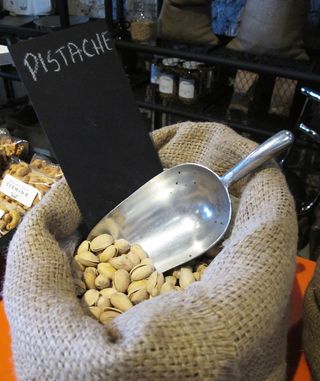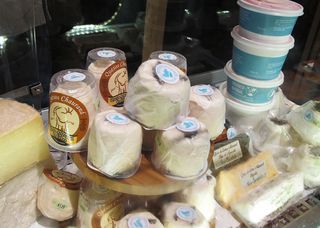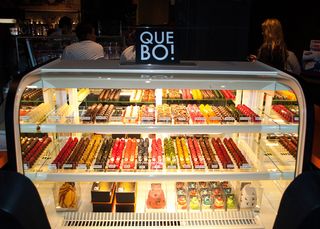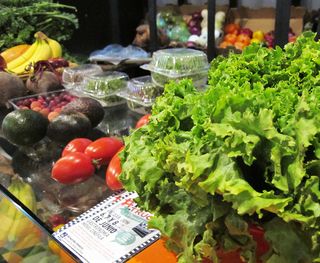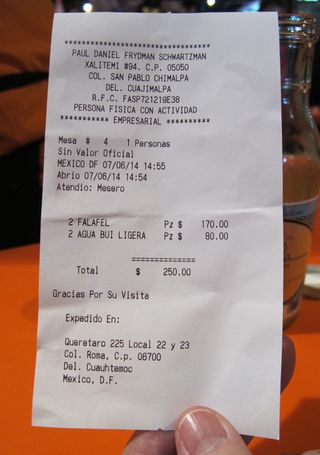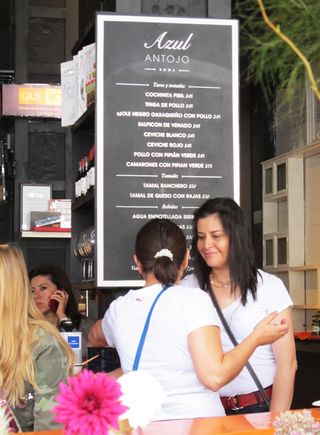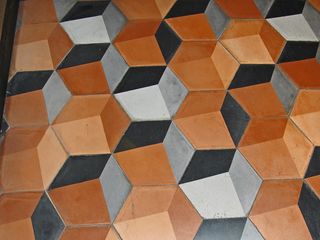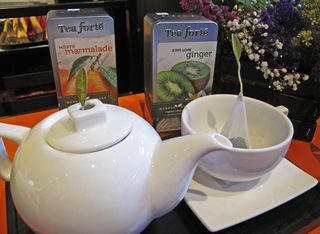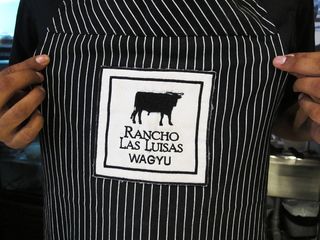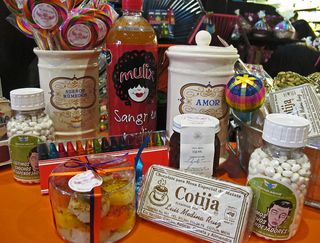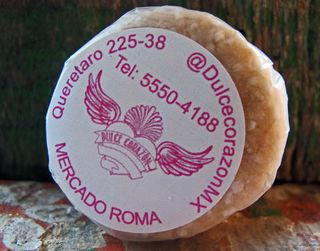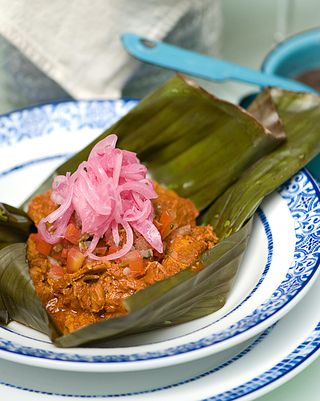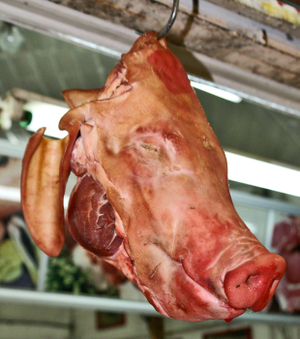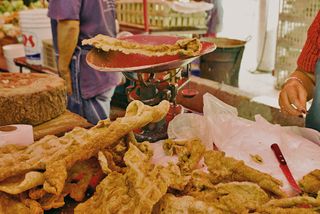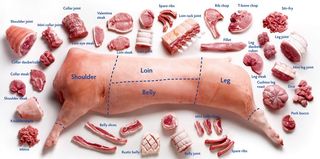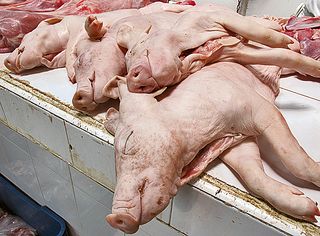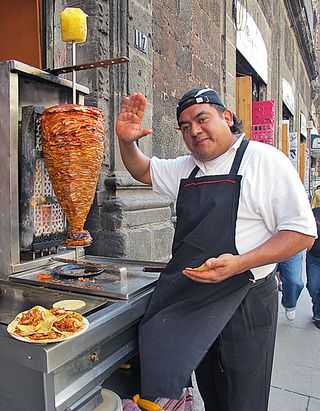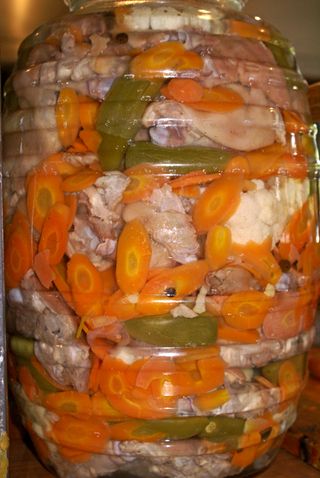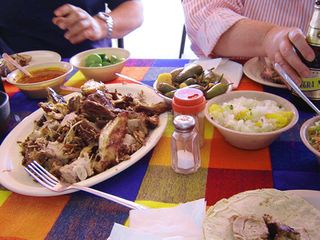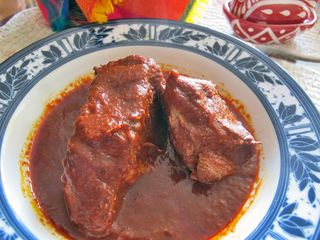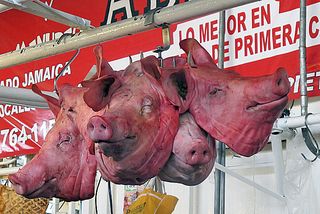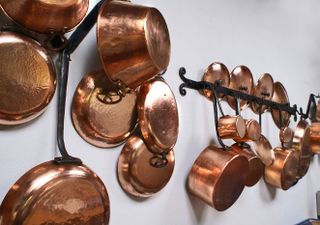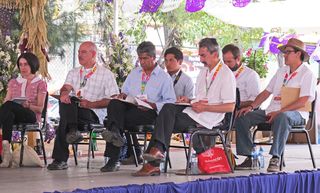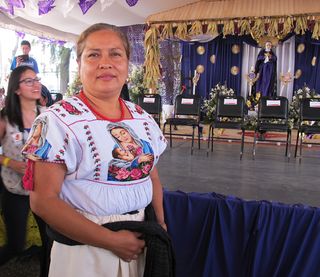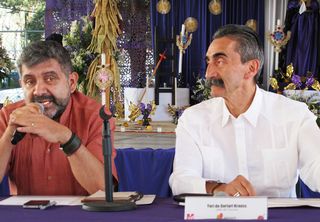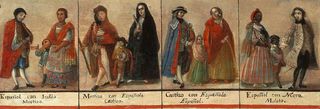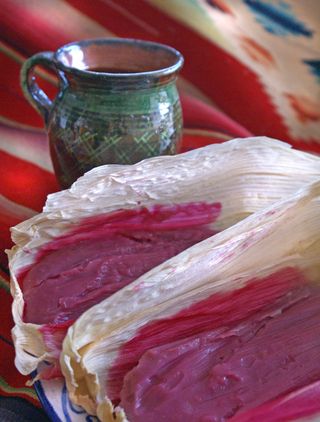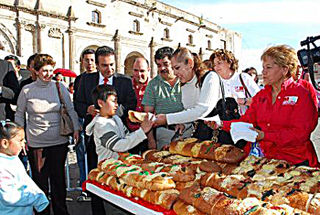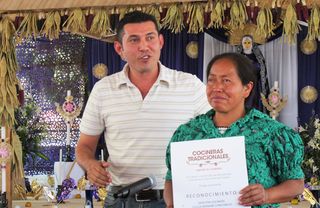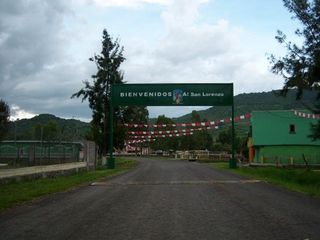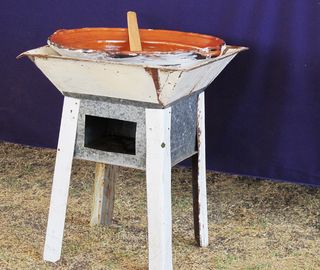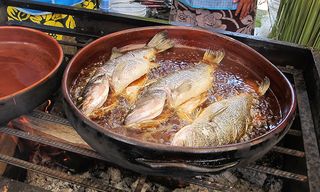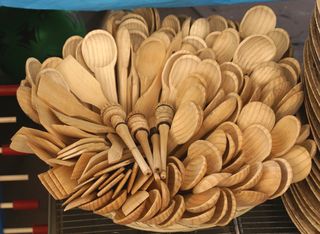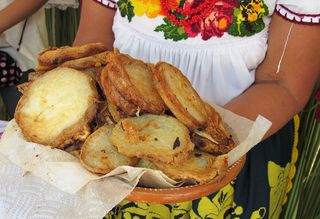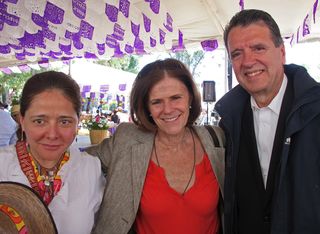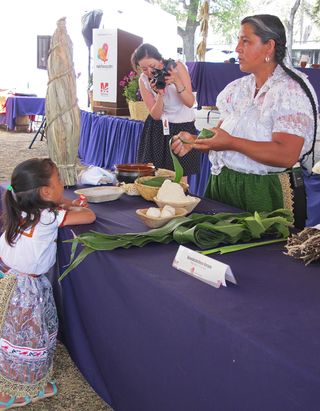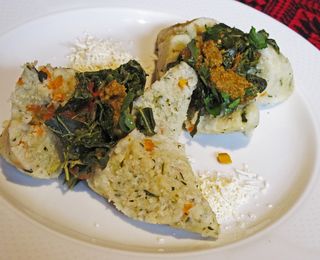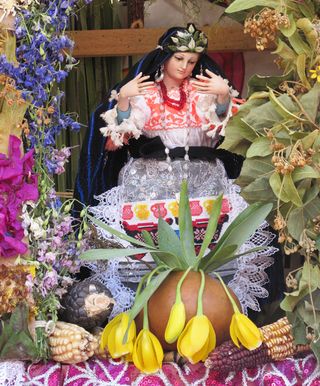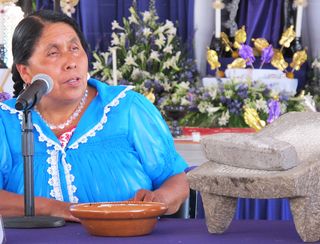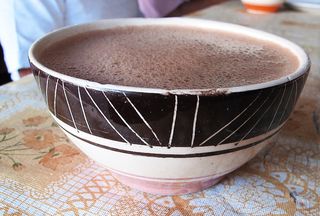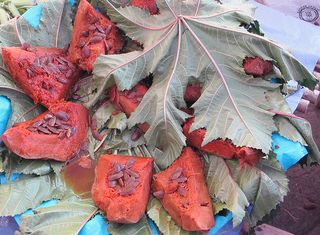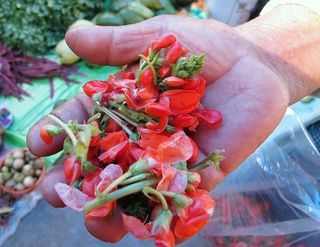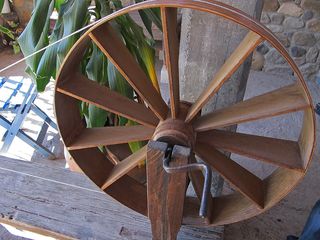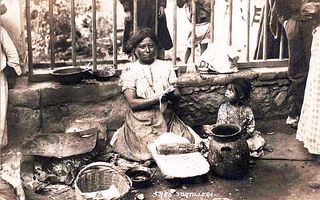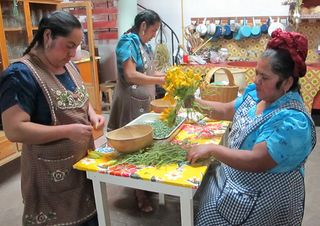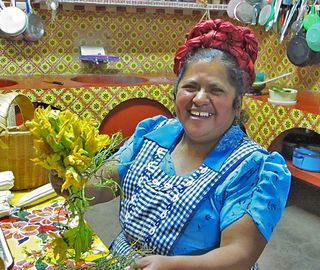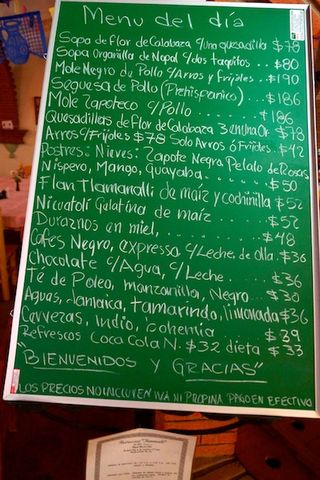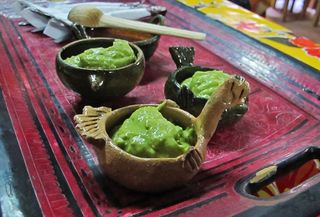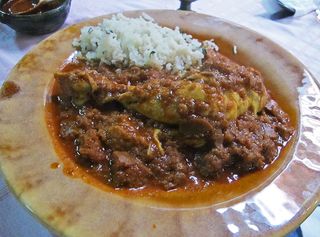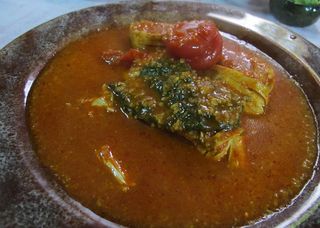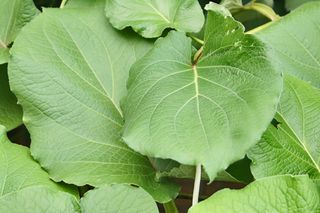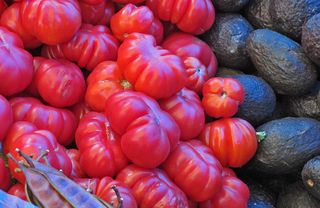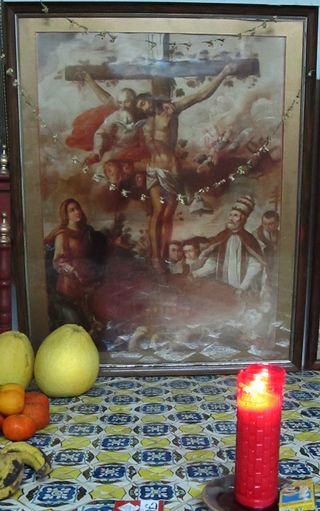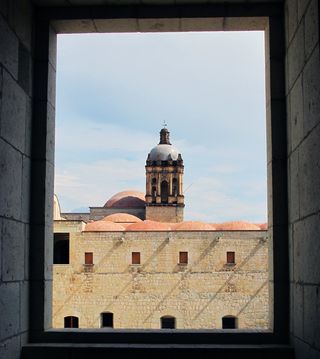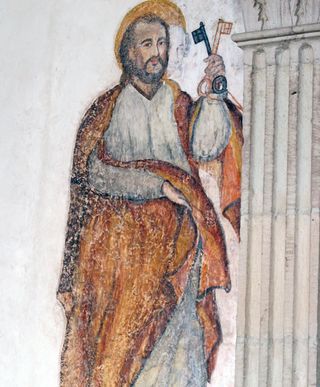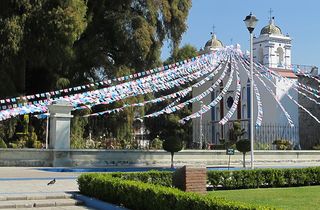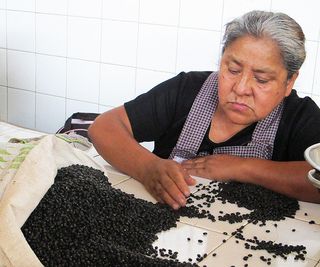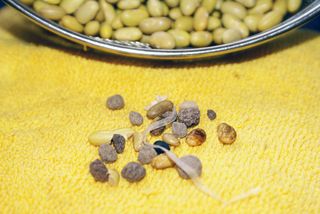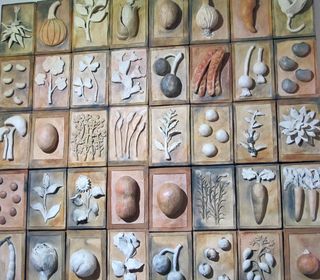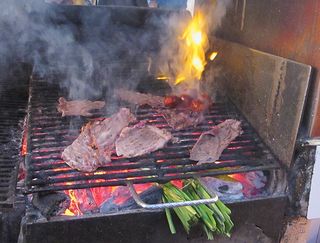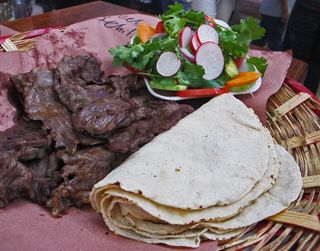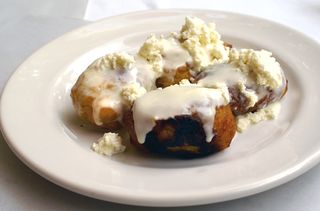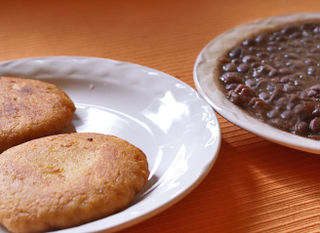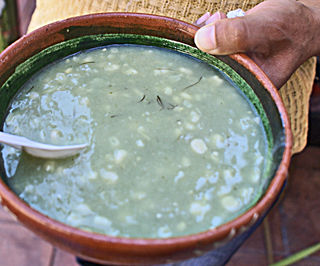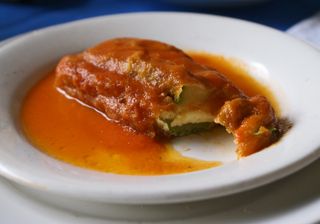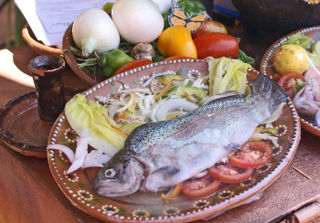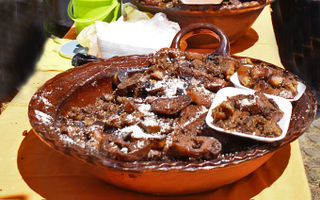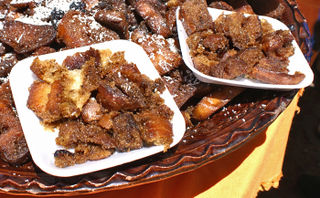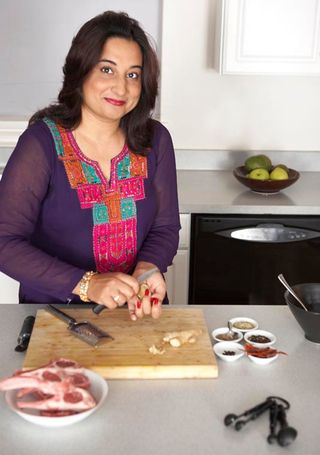
Monica Bhide in her kitchen. Monica is the author of a marvelous blog, short fiction, a book of inspirational interviews, and two cookbooks, Modern Spice and The Everything Indian Cookbook. Monica and Mexico Cooks! met–where else, in this 21st century world–on Facebook. We've known one another, in a virtual way, for several years. Writer, wife, mother, teacher, culinary lecturer, and a profoundly reflective person, she inspires me to reach beyond what I think are my limits in order to achieve something more. Photo courtesy Monica Bhide.
Several months ago, Monica gave her readers a simple recipe that sounded really good. I'm no expert in matters of the Indian kitchen, but my wife and I both enjoy its exciting mixture of flavors. Monica's recipe for Chile Chicken with Vinegary Jalapeños sounded simple, flavorful, moderately spicy, and quick to prepare. I thought you might enjoy it, too.
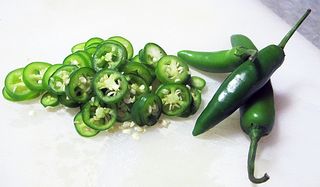
The original recipe calls for one chile jalapeño, thinly sliced. Because Judy and I like our food–both Mexican and Indian–quite spicy, I used the more picante (hotter!) chile serrano, and more of them than are called for in the recipe. The chiles need about an hour to take on their full flavor, so get them into the vinegar (and the refrigerator) before you start the preparation for the chicken.
To Prepare the Chile(s)
1 or more fresh chiles, either jalapeño or serrano
1/4 cup white vinegar
Pinch of salt
Add the sliced chiles and salt to the vinegar. Cover and allow to rest in the refrigerator for at least an hour before use.
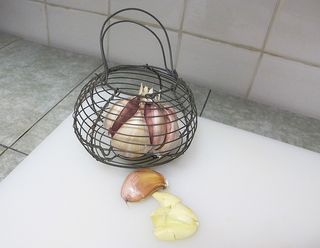
Fresh garlic. Smash two cloves with the flat side of a heavy knife or the bottom of a heavy glass or metal measuring cup; once you smash the cloves, the peel slips off easily. Mince the garlic very fine.
Ingredients
1 1/2 lbs boneless, skinless chicken breast or thighs
1/2 tsp salt
2 Tbsp cornstarch dissolved in 2 Tbsp cold water
1/2 tsp freshly ground black pepper (optional)
2 garlic cloves, minced
1 red bell pepper, thinly sliced
1 inch piece of ginger, thinly sliced
4 scallions, thinly sliced
2 to 3 Tbsp vegetable oil
Combine and reserve:
2 Tbsp red chili paste (sambal oelek)
1 Tbsp soy sauce (I use Pearl River Bridge Light Soy)
1/2 Tbsp sugar
Garnish:
1/2 cup skinless roasted peanuts

Dice the chicken into 1" squares. Combine the diced chicken with the cornstarch/water mixture, salt, and pepper, cover, and set aside.
Heat a heavy pan (preferably a wok) on high heat, until the pan is extremely hot. Add two tablespoons of oil. When the oil shimmers, add the sweet red pepper, the scallions, the chiles, and the ginger. Tossing constantly, cook over very high heat for just as long as it takes the mixture to soften slightly. Don't over-cook: you want the peppers to stay slightly crisp.
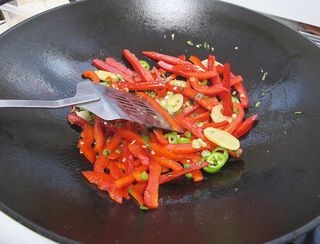
Because I am accustomed to the Chinese stir frying techniques I learned many years ago, I habitually remove the vegetables from the wok before cooking the meat. Once the sweet red pepper mixture is tender but still slightly crisp, remove it from your wok and reserve.

Add another tablespoon of oil to the wok and add the chicken and its cornstarch marinade. Toss and cook over the highest heat possible until the chicken is tender and ready. Add the reserved vegetables and mix well, using a tossing motion.
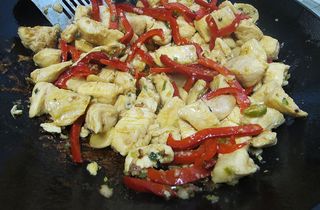
Everything in the wok is cooked and ready, just waiting for the sauce!
Add the reserved sauce mixture to the chicken mixture in the wok and cook while tossing until the chicken and vegetables are thoroughly coated with the sauce. The cornstarch from the chicken marinade will thicken the sauce, leaving the dish with a shining, beautiful finish.
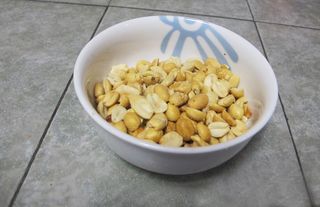
Sprinkle the finished dish with roasted peanuts for garnish. Serve.

We ate this chicken dish over freshly cooked white rice, served in large Chinese bowls. Preparing this chicken dish was simple and fast, and the results were delicious. You can vary the heat from the chiles to suit your family's taste buds: we like it really hot, but you might want it milder. Either way, Mexico Cooks! gives Monica Bhide's chicken and vinegary jalapeño dish two thumbs up. Enjoy!
Looking for a tailored-to-your-interests specialized tour in Mexico? Click here: Tours.
